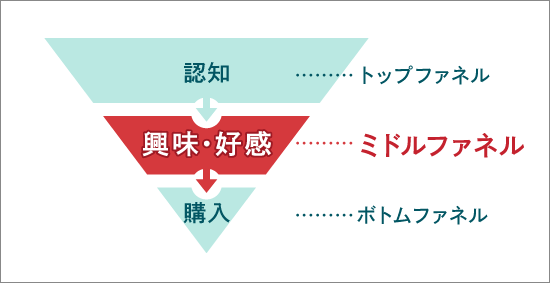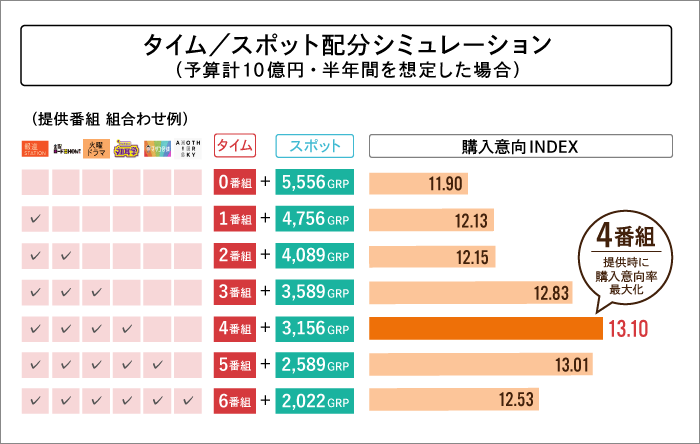What is the usefulness of "time-slot advertising" during the COVID-19 pandemic?
Television commercials include "time-slot advertising," where advertisers provide individual programs and broadcast within the commercial breaks of those programs, and "spot advertising," which is inserted at times determined by the television station, independent of any specific program.
This article examines the usefulness of "time-slot advertising" at a time when companies are reevaluating their advertising and promotion strategies amid the pandemic.
The Importance of Advertising During an Economic Downturn
As the impact of the novel coronavirus extends to the economy, many companies are scaling back promotional activities, reasoning that "spending on advertising at this time is not a wise strategy."
Historically,
・The 1991 bubble collapse
- The collapse of the IT bubble in 2001
・The 2008 Lehman Shock
There have been major economic downturns in the past.
However, analyzing advertising investment during these periods and subsequent corporate earnings reveals a significant difference in sales recovery between companies that maintained or expanded their advertising investment and those that reduced it.
Particularly during the Lehman Shock, companies that reduced their advertising investment took approximately 10 years to restore their sales to 2007 levels.

Furthermore, recent consumer surveys (※1) reveal that 92% of consumers feel "it is important for companies to communicate something to society during times of confusion," highlighting a desire for new information delivered through advertising.
It is also said that halting advertising for six months significantly reduces the relational value between consumers and brands (※2), underscoring the importance of continuously building bonds with consumers through advertising.
※1 Dentsu Inc. COVID-19 Original Survey. May 2020.
※2 Kantar Media Research.
Time advertising strengthens the middle funnel
Television advertising can play a major role in building relationships between brands and consumers. In the first installment of this series, we explained the "3UP Effect of TV."
The "3UP Effect of TV" consists of the following three elements:
・"Speed-UP": Rapid delivery
・"Scale-UP": Reaching a large audience
・Interest-UP: Ability to spark interest even among consumers with low interest
There are two types of TV advertising: time slots and spots. Time slot advertising is particularly strong at "Interest-UP," and I believe it is effective for strengthening the middle funnel, a deeper intermediate indicator than "awareness," which has recently become a marketing issue.

The other day, we created a video to convey the usefulness of time advertising. In producing it, we reconsidered the effectiveness and value of time advertising.
For advertisers, television time advertising is
"difficult to gauge advertising effectiveness"
"They don't reach as many people as spot ads"
"Long-term commitment = fixed costs"
However, looking at it another way, the very characteristics of time advertising—the ability to target the desired audience
However, looking at it another way, the very characteristics of time-slot advertising – "targeting the desired audience and enabling continuous, repetitive messaging over an extended period" – are precisely the elements needed to strengthen the middle funnel.
Spot ads excel at expanding the top funnel through broad reach, including the target audience, while time-based ads excel at strengthening the middle funnel, as we'll discuss later. Strategically combining these can solidify the relationship between consumers and the brand.
For a certain brand, we found that viewers of sponsored programs showed significantly higher "favorability" and "purchase intent" toward the brand compared to non-viewers. These metrics correspond particularly to "brand loyalty" within the middle funnel.
The reasons for this include:
- Selecting programs with high concentrations of the desired target audience
・By selecting the broadcast time and content, you can aim for moments that resonate deeply with consumers
These factors are considered key reasons.

The Value of Long-Term Continuous Exposure
In recent years, it has become increasingly clear that strengthening a brand's middle funnel requires communication over time. By nature, metrics corresponding to the middle funnel are characterized by slower fluctuations compared to "awareness" metrics, which correspond to the top funnel.
This time, we compared the effects between a group exposed to a concentrated amount of advertising over a short period and a group exposed to a consistent amount over a long period, while keeping the total number of exposures similar. While no difference was observed in "Awareness," significant differences emerged in metrics corresponding to the middle funnel: "Interest," "Trust," "Favorability," and "Purchase Intent."
The so-called "mere exposure effect" refers to the phenomenon where repeated exposure increases favorability and impression. Time-based advertising, which allows ads to be shown repeatedly over a long period within program content preferred by the target audience, is thought to have the power to generate a stronger "mere exposure effect."

Furthermore, consumer purchasing behavior occurs constantly in daily life. From the perspective of securing stable sales, continuous advertising exposure is likely effective. Regarding time-based advertising, concerns are often raised that "airing continuously in the same slot means it only reaches the same viewers." However, even in this case, the six-month duration allows for gradual viewer turnover. Combining multiple programs can also achieve sufficient reach.
While this simulation assumes a certain budget scale, the results show that allocating approximately 40% of the total budget to long-term time-slot placements yields a better overall advertising effectiveness score across the entire period compared to spending the entire budget on short-term concentrated spot campaigns.

Finally, summarizing the strength of TV time advertising: "It enables strengthening the middle funnel by consistently reaching the targeted audience at the intended timing over an extended period."
Strengthening the middle funnel is especially crucial during economic downturns.
Effectively utilizing TV time advertising should help deepen bonds with consumers and contribute to achieving effective advertising.
Was this article helpful?
Newsletter registration is here
We select and publish important news every day
For inquiries about this article
Back Numbers
Author

Tomoki Ushio
Dentsu Inc.
Since joining the company, I have been responsible for media planning and research. I developed the Optimizer tool and conducted advertising effectiveness research, while also executing media planning and media strategy development across diverse industries including automotive, toiletries, beverages, gaming, and telecommunications. I have held my current position since 2018.


